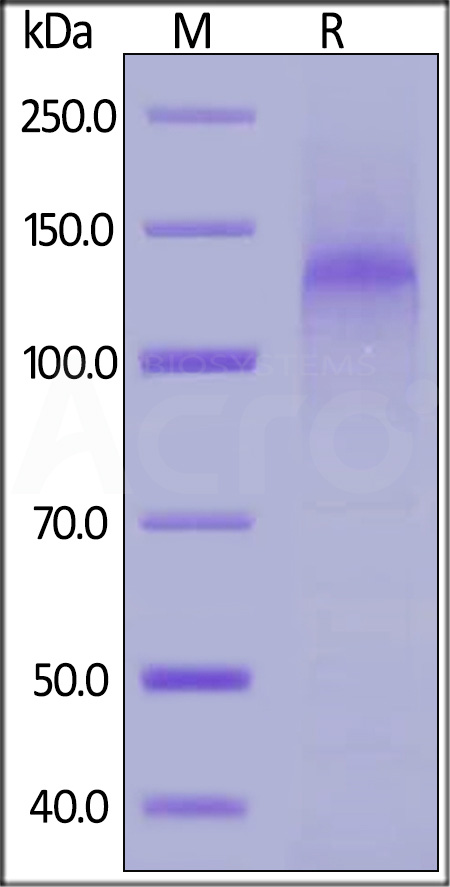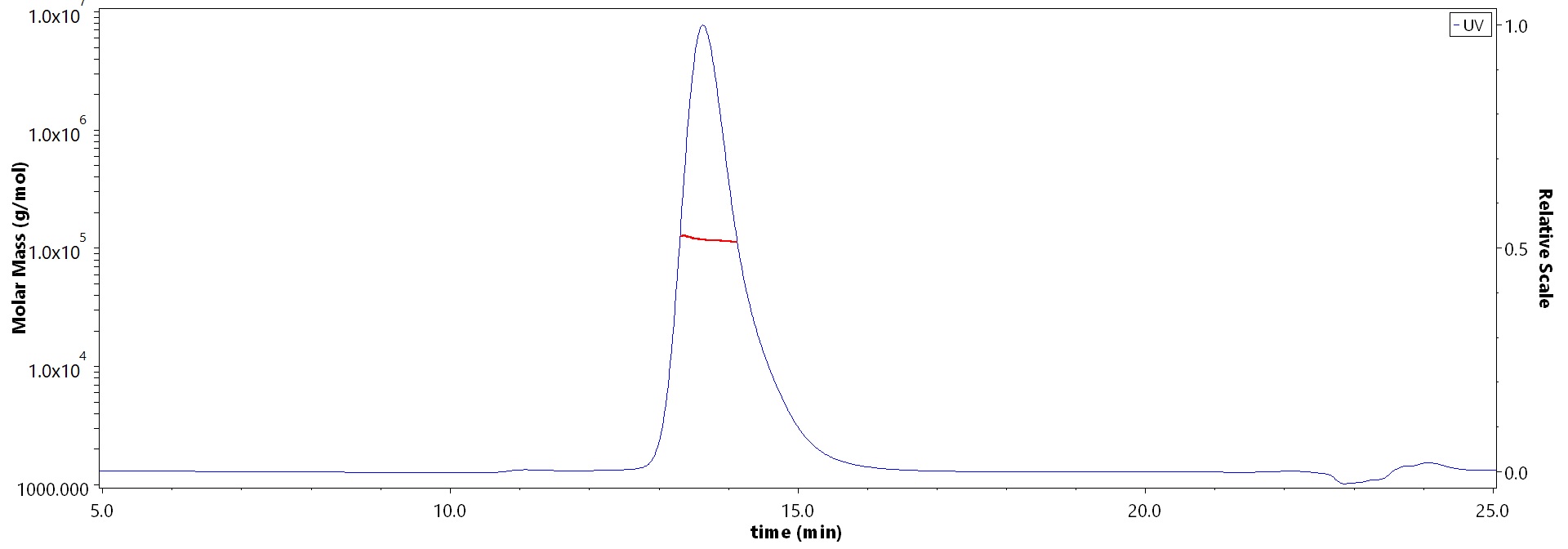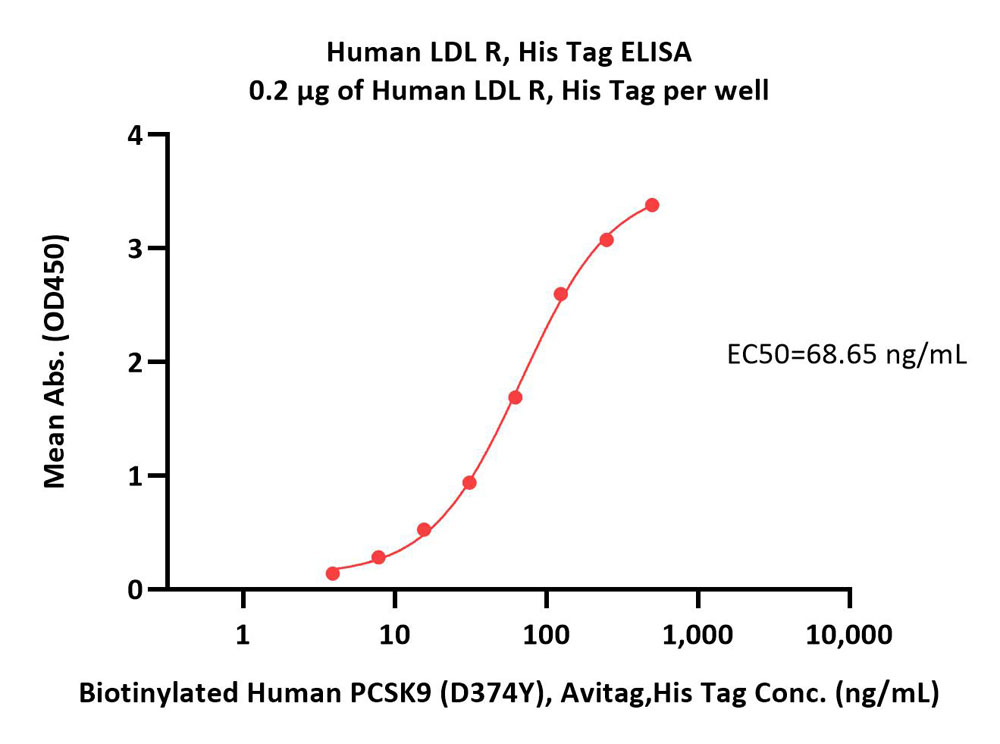Cinnamaldehyde attenuates diabetic cardiomyopathy by ameliorating energy metabolism disturbance and activating autophagyHu, Wei, Wu
et alJ Cardiovasc Pharmacol (2025)
Abstract: Diabetic Cardiomyopathy (DCM) is a diabetes mellitus-induced pathophysiological condition that can lead to heart failure. Cinnamaldehyde (CA), a bioactive phytochemical derived from the bark of Cinnamon, exhibits cardioprotective properties against heart injury in metabolic syndrome. This study aims to explore the role of CA on DCM and its cardioprotective mechanisms. Diabetic rats were established by injection of streptozotocin (STZ, 60∼85 mg/kg). Subsequently, CA (50 mg/kg) was administered via gavage daily for 28-day duration. Following this treatment, abnormalities levels of fasting blood glucose (FBG), triglyceride (TG), total cholesterol (TC), low-density lipoprotein cholesterol (LDL-C), high-density lipoprotein cholesterol (HDL-C), and LDL-C to HDL-C ratio were ameliorated. Additionally, CA inhibited cardiac histopathological alterations and hypertrophy, reduced brain natriuretic peptide (BNP) level, shortened S-T and P-R intervals on electrocardiogram, decreased tissue malondialdehyde content, and enhanced myocardial energy metabolism, including Creatine (Cr), adenosine triphosphate (ATP), adenosine monophosphate (AMP) and total adenine nucleotides (TAN). Furthermore, CA improved oxidative stress, improved myocardial Ca2+-Mg2+-ATPase activity and downregulated the mRNA expression of AMP protein activation kinase α2 (AMPK-α2), receptor γ coactivator-1 alpha (PGC-1α) and peroxisome proliferator-activated receptor α (PPARα), while also ameliorating protein expressions, including ratio of phosphorylated mammalian target of rapamycin to mechanistic target of rapamycin (p-mTOR/mTOR), level of SQSTM1/p62, and ratio of microtubule-associated protein 1 light chain 3 beta to microtubule-associated protein 1 light chain 3 alpha (LC3Ⅱ/ LC3Ⅰ). In conclusion, these findings indicate that CA can alleviate DCM by modulating AMPK-α2/PPAR-α/PGC-1α signaling pathway to restore energy metabolism and activating autophagy through mTOR signaling pathway.Copyright © 2025 Wolters Kluwer Health, Inc. All rights reserved.
Changes in glucose-related parameters according to LDL-cholesterol concentration ranges in non-diabetic patientsKron, Verner, Smetana
et alJ Appl Biomed (2025) 23 (1), 26-35
Abstract: The study focused on the changes in C-peptide, glycemia, insulin concentration, and insulin resistance according to LDL-cholesterol concentration ranges. The metabolic profile of individuals in the Czech Republic (n = 1840) was classified by quartiles of LDL-cholesterol into four groups with the following ranges: 0.46-2.45 (n = 445), 2.46-3.00 (n = 474), 3.01-3.59 (n = 459), and 3.60-7.18 mmol/l (n = 462). The level of glucose, C-peptide, insulin, and area of parameters during OGTT and HOMA IR were compared with a relevant LDL-cholesterol range. The evaluation involved correlations between LDL-cholesterol and the above parameters, F-test and t-test. Generally, mean values of glucose homeostasis-related parameters were higher with increasing LDL-cholesterol levels, except for mean HOMA IR values which rapidly increased (2.7-3.4) between LDL-cholesterol ranges of 3.00-3.59 and 3.60-7.18 mmol/l. Glucose, C-peptide, insulin concentrations, and the area of parameters reached greater changes especially after glucose load during OGTT (p ≤ 0.001). Considerable changes were already observed for the above parameters between groups with LDL-cholesterol ranges of 2.46-3.00 and 3.01-3.59 mmol/l. HOMA IR increased with higher LDL-cholesterol concentrations, but the differences in mean values were not statistically significant. Most important differences appeared in glucose metabolism at LDL-cholesterol concentrations of 3.60-7.18 mmol/l in comparison to LDL-cholesterol lower ranges. In particular, the areas of C-peptide, glucose, and insulin ranges showed statistically significant differences between all groups with growing LDL-cholesterol ranges. The variances of HOMA IR statistically differed between groups created according to LDL-cholesterol concentrations ranges.
Familial hypercholesterolemia in patients with hypertension: the China H-type Hypertension Registry StudyShen, Luo, Jiang
et alLipids Health Dis (2025) 24 (1), 116
Abstract: Familial hypercholesterolemia (FH) significantly amplifies the risk of developing atherosclerotic cardiovascular disease (ASCVD). This study investigated the prevalence and clinical characteristics of FH in a hypertensive rural population.In the China H-type Hypertension Registry Study, a prospective observational cohort study with a 4-year follow-up, 14,234 hypertensive participants from rural areas were enrolled in 2018, with onsite exams conducted in 2022. FH was identified using the Chinese-modified Dutch Lipid Clinic Network criteria.Among the 10,900 patients with hypertension, 5,675 (52.1%) were women, the median age was 65 years, the median blood pressure was 146/89 mmHg, 629 (5.8%) had previous coronary heart disease (CHD), and 4,726 (43.4%) were smokers. Among the cohort, 78 (0.72%) met the C-DLCN criteria for probable or definite FH. The rate of lipid-lowering therapy (LLT) usage in patients with FH reached 35.9%. After a median follow-up period of 1,477 days, a total of 658 deaths, 535 strokes, and 309 cardiovascular disease (CVD) events were observed. At baseline and subsequent follow-up, all patients with FH were at high or ultra/very high risk for ASCVD. During follow-up, a greater decrease in LDL-C was shown in patients with FH (FH: - 31%, 95% CI - 44.6% to -14.6%; P < 0.001) than patients without FH (2%, 95% CI: - 12.1% to 17.4%); however, only 3.6% of them achieved the recommended LDL-C targets based on ASCVD risk assessment. The risks of stroke and CVD were not significantly different between patients with and without FH after 4 years of follow-up.This study highlights a marked gap between the high prevalence and low treatment rates of FH in rural populations with hypertension. These findings suggest the need to improve knowledge regarding FH and the need to treat this condition, especially when associated risk factors are present.© 2025. The Author(s).
Changes in polyunsaturated fatty acids are linked to metabolic syndrome in children with steroid-sensitive nephrotic syndrome-a clinical observationLi, Fu, Liu
et alLipids Health Dis (2025) 24 (1), 115
Abstract: Alterations in lipid metabolic pathways constitute a pivotal characteristic of Steroid-Sensitive Nephrotic Syndrome (SSNS). Despite the significance, there has been scant exploration into the influence of polyunsaturated fatty acids (PUFAs) on metabolic syndrome (MetS) in children with SSNS. This study endeavors to elucidate the association between PUFAs and MetS in this specific pediatric population.This study enrolled a total of 185 children aged 0-7 years with SSNS between May 2023 and May 2024. Based on international guidelines for MetS, patients were classified into a MetS group (n = 73) and a non-MetS group (n = 112). A healthy control group (n = 82) was also established. Surveys, anthropometric measurements, and blood samples were used to assess lipid profiles, glucose, insulin, and Hemoglobin A1C (HbA1C). The concentrations of serum PUFAs were quantitatively analyzed utilizing gas chromatography-mass spectrometry (GC-MS) techniques.The MetS group exhibited significantly elevated levels of fasting blood glucose, triglyceride (TG), low-density lipoprotein (LDL) cholesterol, HbA1C, insulin, the ratio of TG to high-density lipoprotein (HDL) cholesterol, and the ratio of total cholesterol to HDL cholesterol compared to the non-MetS group. Significant differences were observed among healthy controls, MetS group, and non-MetS group in terms of ω-3 alpha-linolenic acid (ALA), ω-3 docosahexaenoic acid (DHA), ω-6 arachidonic acid, and ω-6 to ω-3 ratio.High ω-6 arachidonic acid, ω-6/ω-3 ratio and low ω-3 ALA and ω-3 DHA were associated with elevated TG levels. An elevation in TG concentrations among pediatric patients with SSNS may have been implicated to MetS.© 2025. The Author(s).




























































 膜杰作
膜杰作 Star Staining
Star Staining















